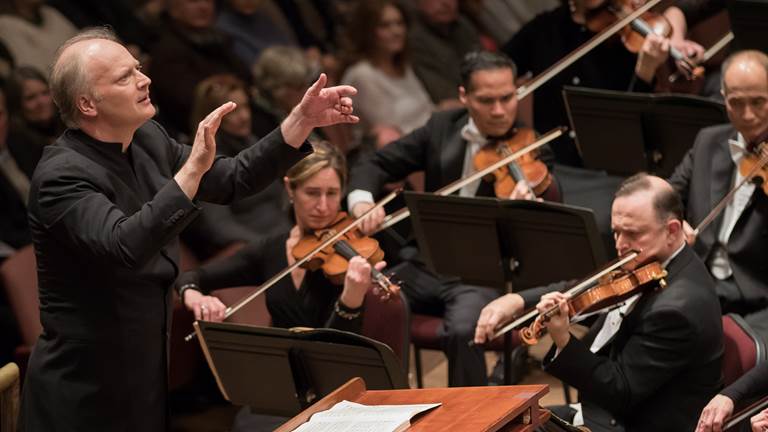Prolific Russian composer Nikolai Rimsky-Korsakov (1844-1908) is perhaps best known for his orchestral compositions, especially the symphonic suite Scheherazade (1888), based on the story of the sultan’s wife who tells him a series of stories for 1,001 nights (the Tales of the Arabian Nights).
Rimsky-Korsakov also wrote 15 operas, including The Tsar’s Bride (1898), as well as symphonies, choral music, and songs. One of his operas contains his famous short work, “The Flight of the Bumblebee.”
Rimsky-Korsakov was born into an aristocratic family who, despite realizing their son had musical ability, did not take it seriously because being a composer was not considered suitable for someone of their social standing. Based on his parents’ wishes, he studied for a career in the Imperial Russian Navy.
While at school, he took piano lessons. Rimsky-Korsakov became convinced as his studies progressed that he could make a career in music, even though he lacked the formal music training of a conservatory. He began composing his first symphony while at sea in the Russian navy.
As his naval duties lessened, he found more time to compose. In 1871, he was invited to become a professor at the St. Petersburg Conservatory. He resigned his naval commission in 1873, devoting himself to teaching and composing. Ironically, the more he taught, the more he realized his need for more professional training. He began to study harmony, counterpoint, and orchestration in earnest.
He is considered a highly skilled orchestrator. He is also known for orchestrating, revising, and finishing the works of other Russian composers.




